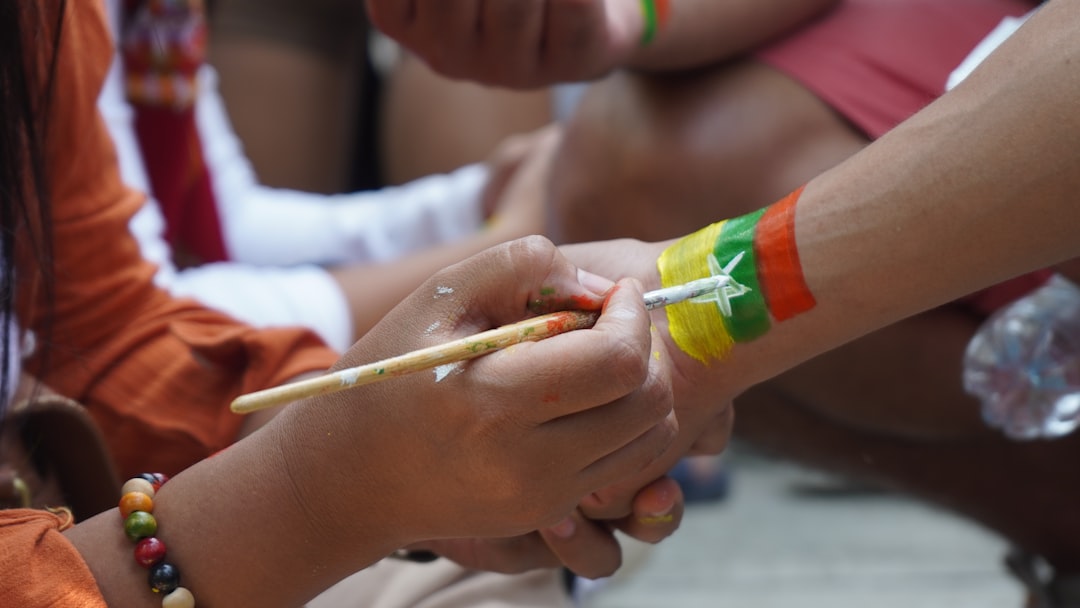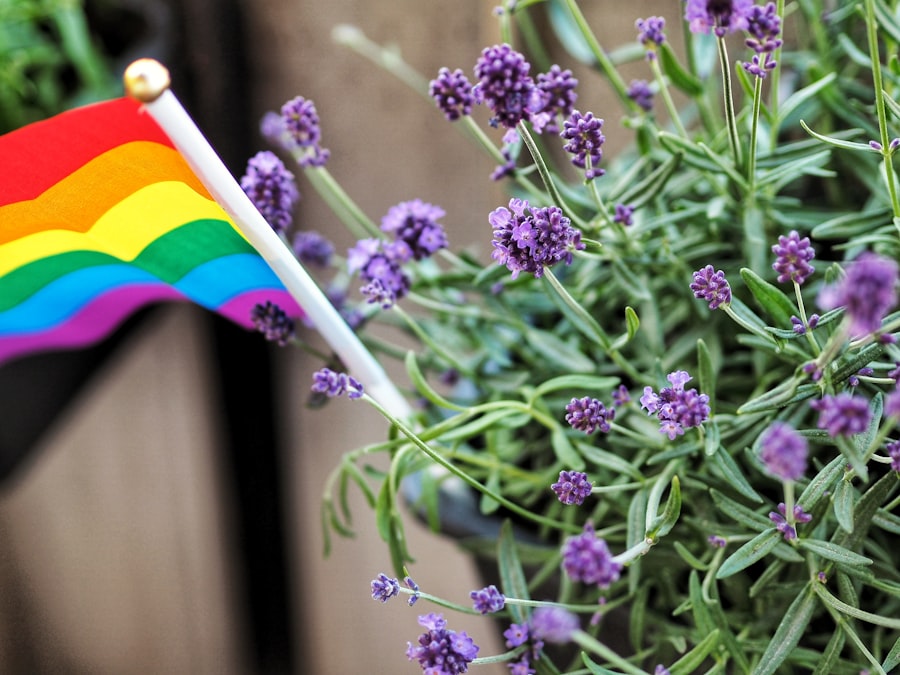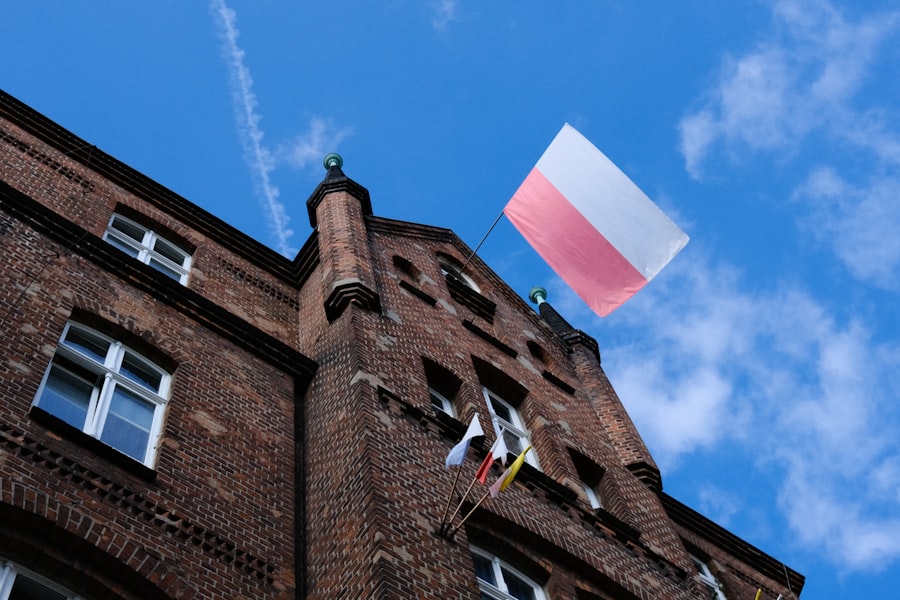
Liberia, a nation located on the west coast of Africa, is a country rich in history and cultural diversity. Bordered by Sierra Leone to the west, Guinea to the north, and Côte d’Ivoire to the east, it boasts a coastline along the Atlantic Ocean that stretches for approximately 350 miles. The capital city, Monrovia, named after U.S.
President James Monroe, serves as the political and economic hub of the country.
The nation is characterized by its vibrant communities and a population that exceeds 5 million people.
The official language is English, a remnant of its colonial past, but over 30 indigenous languages are spoken throughout the country, reflecting the rich tapestry of ethnic groups that inhabit Liberia. The country’s flag, featuring red and white stripes with a single blue square and a white star, symbolizes its connection to the United States and its aspirations for freedom and democracy. Despite facing significant challenges such as civil wars and economic instability, Liberia is on a path toward recovery and growth, making it an intriguing destination for travelers seeking to explore its unique heritage.
Key Takeaways
- Liberia is a West African country known for its rich history, diverse culture, and natural beauty.
- The country has been influenced by a complex history of colonization, slavery, and civil war, which has shaped its unique cultural identity.
- Liberia is home to stunning natural wonders such as lush rainforests, beautiful beaches, and diverse wildlife, making it a prime destination for ecotourism.
- The capital city of Monrovia offers a vibrant urban experience with bustling markets, lively nightlife, and historical landmarks.
- Liberian cuisine is a delicious fusion of African, American, and Caribbean flavors, with local delicacies such as cassava leaf, fufu, and palm butter being must-try dishes for visitors.
Historical Facts and Cultural Influences
Liberia’s history is deeply intertwined with the transatlantic slave trade and the subsequent establishment of a colony for freed African Americans. In 1822, the American Colonization Society founded Monrovia as a settlement for freed slaves, who were encouraged to return to Africa. This migration led to the formation of a distinct class of Americo-Liberians, who often held power over indigenous populations.
The tensions between these two groups have shaped Liberia’s political landscape throughout its history. The first president of Liberia, Joseph Jenkins Roberts, was an Americo-Liberian who served from 1848 to 1856, marking the beginning of a series of leaderships that would reflect the ongoing struggle for power between different ethnic groups. Culturally, Liberia is a melting pot of influences stemming from both its indigenous peoples and the Americo-Liberian settlers.
Traditional practices coexist with Western customs, creating a unique cultural landscape. For instance, traditional music and dance play a significant role in community life, with performances often accompanying important ceremonies such as weddings and funerals. The Poro and Sande societies are notable examples of secret societies that play crucial roles in the initiation rites of young men and women, respectively.
These societies preserve ancient customs while also adapting to contemporary influences, showcasing Liberia’s ability to blend tradition with modernity.
Natural Wonders and Ecotourism

Liberia is endowed with an abundance of natural beauty, making it an ideal destination for ecotourism enthusiasts. The country is home to lush rainforests, pristine beaches, and diverse wildlife. One of the most significant natural reserves is Sapo National Park, which spans over 180 square miles and is Liberia’s largest protected area.
This park is a biodiversity hotspot, housing endangered species such as the pygmy hippopotamus and various primates. Visitors can explore its dense forests through guided tours that offer opportunities for birdwatching and wildlife spotting. In addition to Sapo National Park, Liberia’s coastline features stunning beaches that attract both locals and tourists alike. Robertsport, located just a few hours from Monrovia, is renowned for its surf culture and picturesque landscapes. The town offers a laid-back atmosphere where visitors can enjoy water sports or simply relax on the sandy shores. The nearby Lake Piso is another natural gem that provides opportunities for fishing, kayaking, and exploring mangrove ecosystems.
These natural wonders not only highlight Liberia’s ecological diversity but also present opportunities for sustainable tourism that benefits local communities.
Urban Destinations and City Life
| City | Population | Tourist Arrivals | Attractions |
|---|---|---|---|
| New York City | 8,336,817 | 66.6 million | Statue of Liberty, Central Park |
| Paris | 2,148,271 | 19.1 million | Eiffel Tower, Louvre Museum |
| Tokyo | 9,273,000 | 31.2 million | Senso-ji Temple, Tokyo Disneyland |
Monrovia stands as the heart of Liberia’s urban life, bustling with activity and offering a glimpse into the country’s contemporary culture. The city is characterized by its vibrant markets, where vendors sell everything from fresh produce to handmade crafts. The Waterside Market is one of the largest in Monrovia, attracting locals and visitors alike with its colorful stalls and lively atmosphere.
Here, one can find an array of goods that reflect Liberia’s agricultural bounty and artisanal skills. Beyond shopping, Monrovia’s urban landscape features historical sites that tell the story of its past. The Centennial Pavilion, built in 1922 to commemorate Liberia’s centenary of independence, serves as a venue for cultural events and gatherings.
Nearby, the Liberian National Museum houses artifacts that showcase the country’s rich heritage, including traditional masks and tools used by various ethnic groups. As one navigates through Monrovia’s streets, it becomes evident that the city is not only a center of commerce but also a place where history and modernity intersect.
Unique Cuisine and Local Delicacies
Liberian cuisine reflects the country’s diverse cultural influences and abundant natural resources. Staples such as rice and cassava form the foundation of many traditional dishes. One popular dish is jollof rice, a flavorful one-pot meal made with tomatoes, onions, and spices that varies from region to region across West Africa.
In Liberia, it is often served with fried plantains or grilled chicken, making it a favorite at gatherings and celebrations. Another notable dish is fufu, a starchy side made from cassava or yams that is pounded into a smooth consistency. Fufu is typically served with soup or stew, such as groundnut soup made from peanuts or palm nut soup rich in flavor.
Street food also plays an essential role in Liberian cuisine; vendors sell snacks like kelewele (spicy fried plantains) or pepper soup made with fish or meat. These culinary delights not only satisfy hunger but also provide insight into Liberia’s cultural identity through shared meals and communal dining experiences.
One prominent landmark is the Providence Island in Monrovia, where freed slaves first landed in 1822. This site holds immense historical value as it symbolizes the beginning of Liberia’s journey toward independence.
Today, visitors can explore remnants of colonial architecture and learn about the island’s role in shaping the nation’s identity. Another significant site is the Ducor Palace Hotel, once a luxurious establishment frequented by dignitaries before the civil wars devastated it. Although now in ruins, it stands as a poignant reminder of Liberia’s turbulent past while offering breathtaking views of Monrovia and the Atlantic Ocean from its hilltop location.
For those interested in nature, visiting Kpatawee Waterfall in Bong County provides an opportunity to experience Liberia’s stunning landscapes firsthand. Surrounded by lush greenery, this waterfall is not only a picturesque spot for relaxation but also an ideal location for hiking enthusiasts looking to explore the surrounding terrain. In summary, Liberia presents an intricate tapestry woven from its historical narratives, cultural influences, natural wonders, urban vibrancy, culinary richness, and significant landmarks.
Each aspect contributes to a deeper understanding of this West African nation that continues to evolve while honoring its past. As travelers venture into Liberia’s heartland or urban centers, they encounter stories waiting to be told—stories of resilience, diversity, and hope for a brighter future.
If you’re interested in exploring more about different countries and their unique attractions, you might find the article on Equatorial Guinea Facts and Places to Visit quite enlightening. Similar to Liberia, Equatorial Guinea is a small nation in West Africa with a rich cultural heritage and diverse ecosystems. This article provides an in-depth look at the country’s history, culture, and key tourist attractions, offering a comprehensive guide for travelers and geography enthusiasts alike. Whether you’re planning a visit or just curious about what Equatorial Guinea has to offer, this article is a valuable resource.
FAQs
What are some interesting facts about Liberia?
– Liberia is the first African republic to proclaim its independence.
– It was founded by freed American and Caribbean slaves in the 19th century.
– The country’s capital, Monrovia, is named after James Monroe, the fifth President of the United States.
What are some popular places to visit in Liberia?
– Sapo National Park: Liberia’s largest protected area, home to diverse wildlife and lush rainforests.
– Providence Island: A historic site where the first group of freed slaves landed in 1822.
– Kpatawee Waterfall: A stunning natural attraction located in Bong County.
What are some must-see sights in Liberia?
– Firestone Rubber Plantation: One of the largest rubber plantations in the world, offering guided tours.
– Liberian National Museum: Showcasing the country’s history, culture, and artifacts.
– Mount Nimba Strict Nature Reserve: A UNESCO World Heritage site known for its unique biodiversity.




